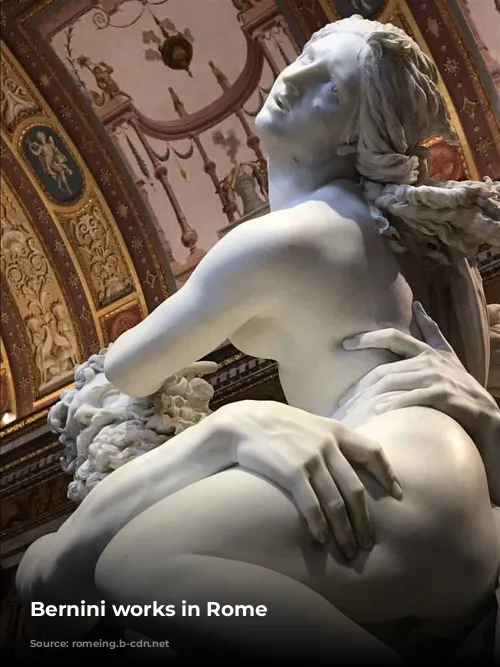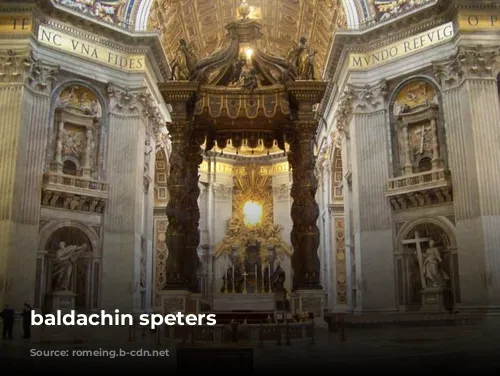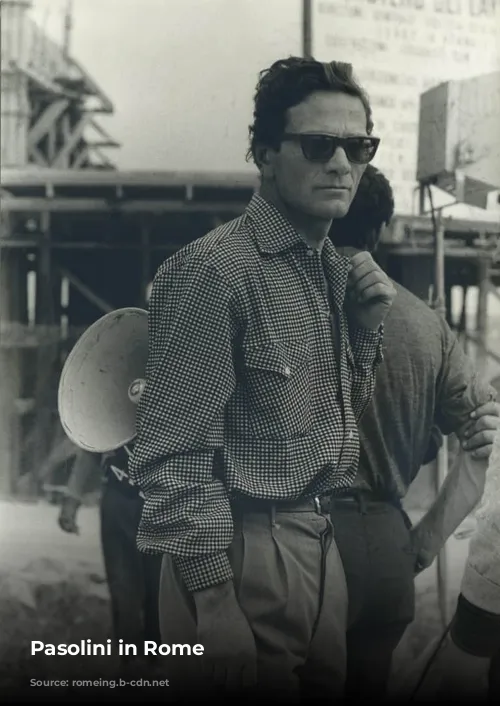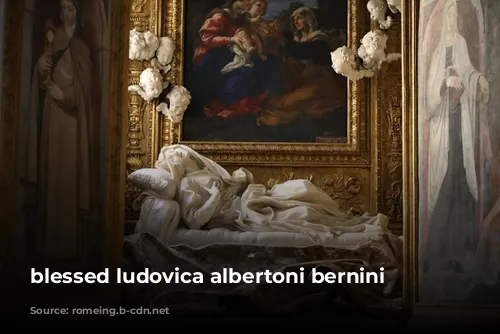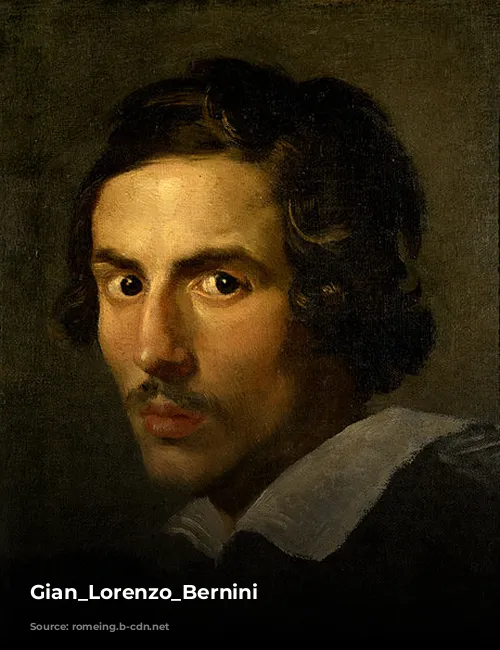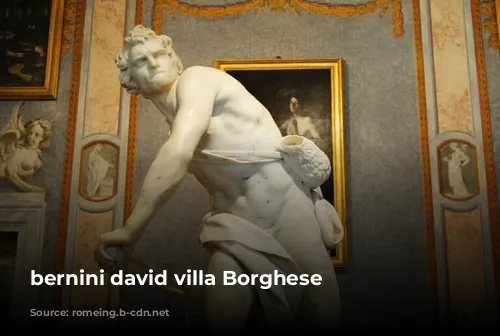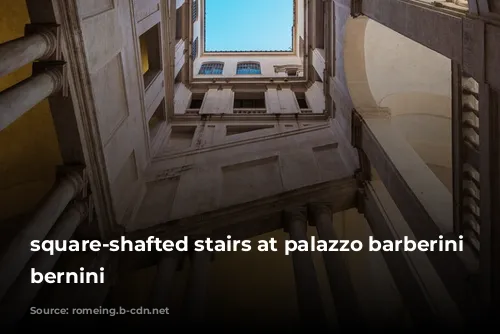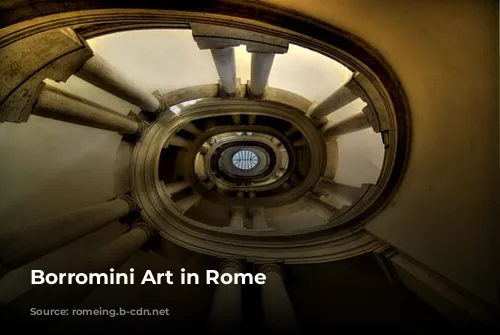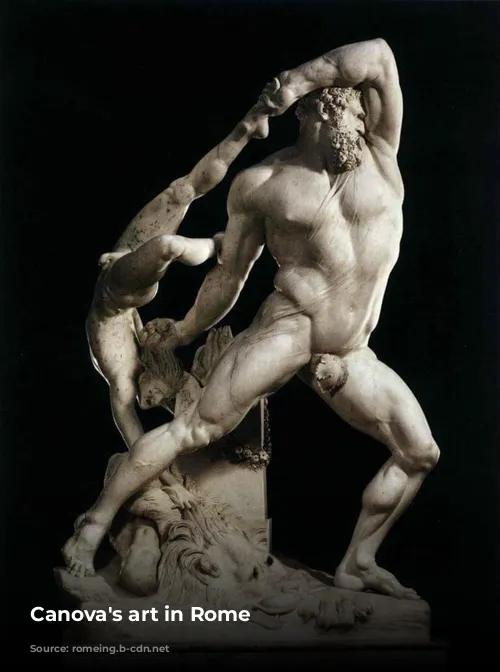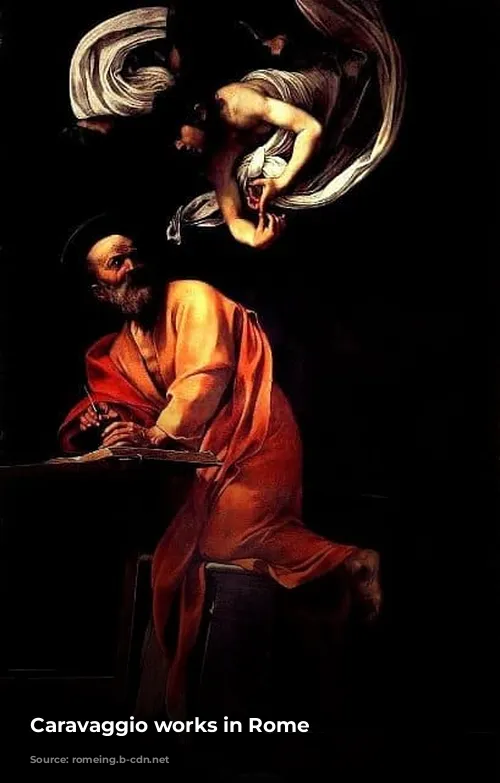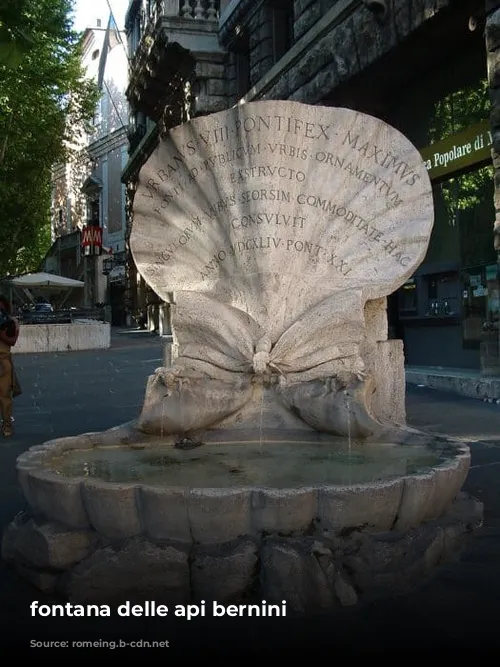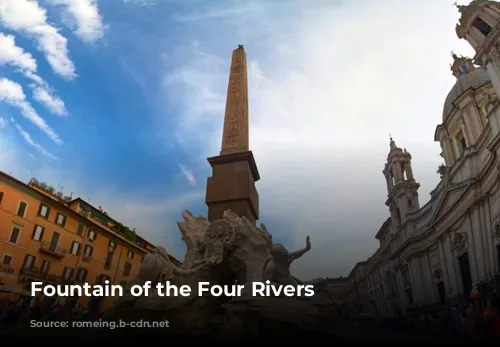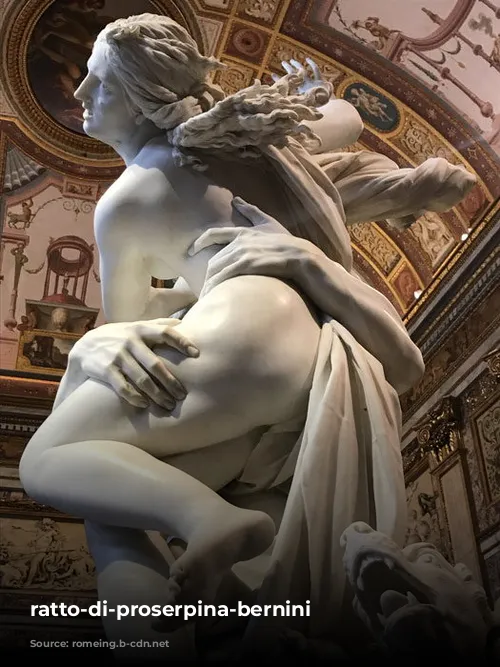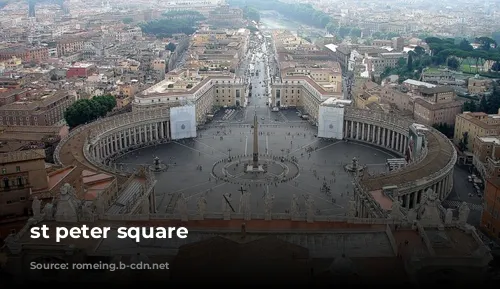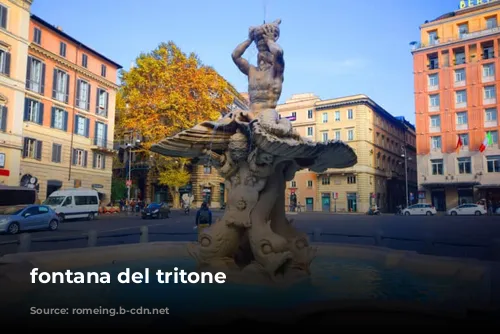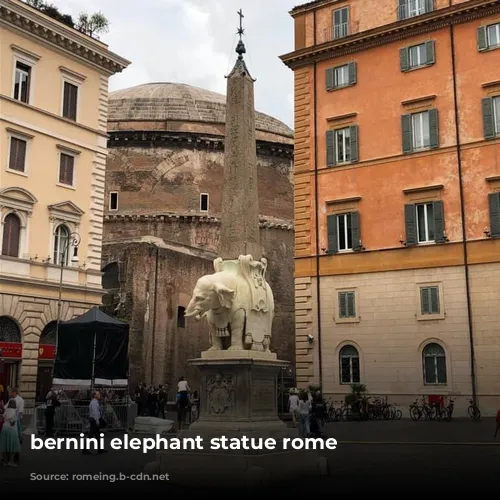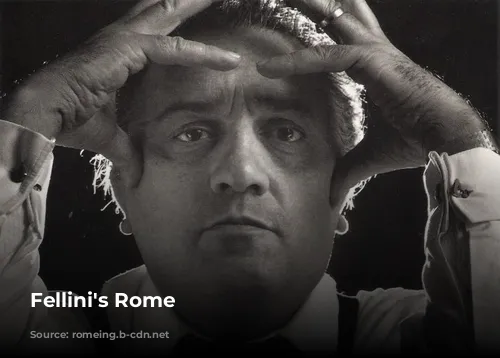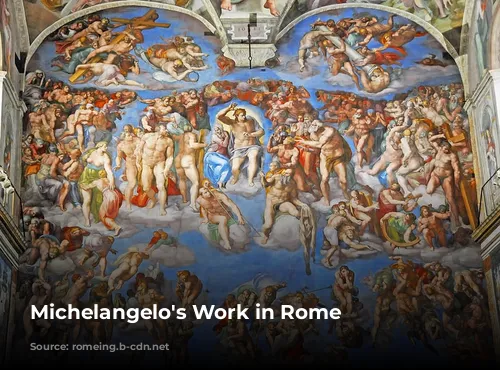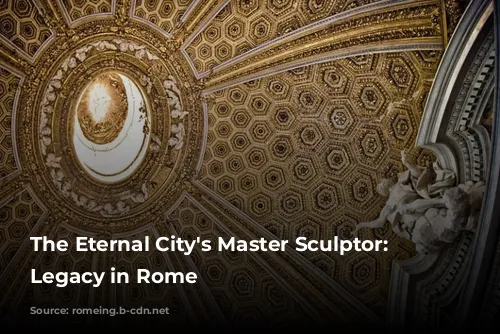Rome is a city steeped in history, and one of its most prominent figures is Gianlorenzo Bernini, a sculptor, architect, and artist who left an undeniable mark on the Eternal City. His work can be seen throughout Rome, from grand fountains to intricate sculptures, each piece a testament to his dramatic and stormy genius.
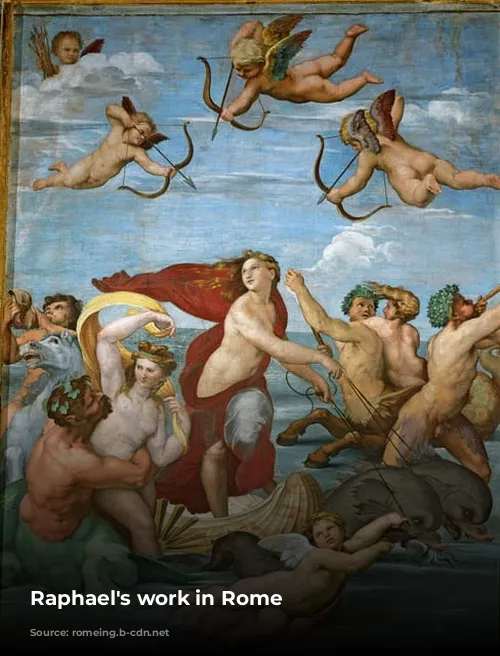
Bernini: From Naples to Rome
Born in Naples in 1598, Bernini was destined for greatness. His father, Pietro Bernini, a sculptor himself, guided his son’s early talents. The family moved to Rome when Gian Lorenzo was eight, and it was here that he carved his first sculpture. Rome, under the rule of the Popes, was a hub of artistic activity, with lavish churches and monuments being constructed. It was a sculptor’s paradise.
Bernini, a true Rome-ophile with a visionary mind, quickly rose to prominence. He enjoyed over 20 years of papal commissions and became renowned for his ability to capture a fleeting moment, just before or after speech, bringing it to life in his sculptures. Sadly, a paralysis slowed his hand shortly before his death at 81 in 1680, but his legacy was secure. He had left behind some of the most memorable monuments in Rome.
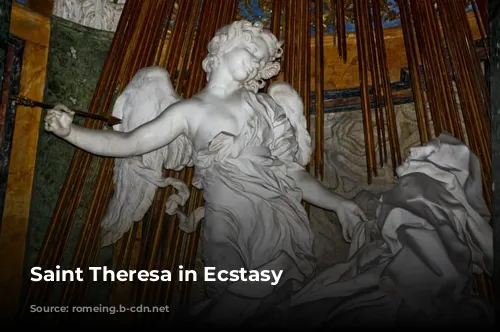
Water Works: Bernini’s Fountains
Rome is often called an “open-air museum,” and much of this is due to Bernini’s fountains. These are not just water features; they are works of art, each one a dramatic and captivating scene.
One of the most popular is the Fontana dei Quattro Fiumi (Fountain of the Four Rivers) in Piazza Navona. It’s a masterpiece of baroque design, featuring an Egyptian obelisk rising from rough travertine rock, surrounded by water and muscular god-sentinels representing the four main rivers of the continents under papal control.
Another must-see is the Fontana del Tritone (Fountain of Triton) in Piazza Barberini. Bernini envisioned a mythical scene with dolphins supporting a giant scallop shell, a stage for Triton, lord of the sea, who spouts water through a conch shell. It’s a testament to Bernini’s fierce imagination.
The Fontana delle Api (Fountain of the Bees) in Piazza Barberini is a more subtle yet equally impressive work. Bernini cleverly incorporated the bees of the Barberini family, who commissioned the fountain, into its design, creating a harmonious and consistent layout for the square.
Finally, the Fontana della Barcaccia (Fountain of the Ugly Boat) in front of the Spanish Steps is a unique and whimsical creation. It’s rumored that Bernini assisted his father in building this half-sunken ship, inspired by a great flood that submerged much of Rome in 1598. The gentle water flow from the fountain makes the most of the area’s low water pressure and offers a welcome refreshment to visitors on warm days.
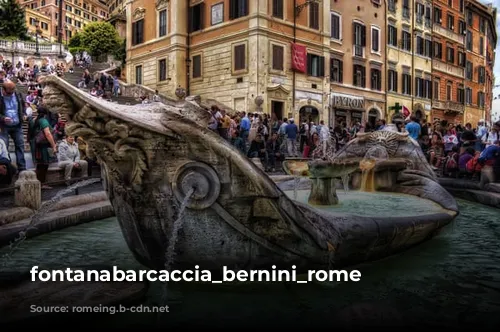
Bernini’s Masterpieces: Sculpture and Beyond
The Borghese Gallery is the best place to truly appreciate Bernini’s talent and genius. It houses an impressive collection of his works, including the Apollo and Daphne, a masterpiece of marble carving that captures the transformation of the nymph Daphne into a laurel tree to escape the advances of Apollo.
Another captivating piece is the Rape of Proserpina, which depicts the abduction of Proserpina by Pluto, god of the underworld. Bernini’s David, representing the biblical hero facing Goliath, is also a must-see.
Bernini’s influence extended beyond sculptures. He designed the ten enigmatic angels that line Ponte Sant’Angelo, commissioned by Pope Clement IX. He also designed the Elephant and Obelisk in front of the Santa Maria sopra Minerva Church, a whimsical piece that combines Egyptian and Baroque elements.

Bernini’s Spiritual Side: Ecstasy and Emotion
In a chapel of Santa Maria della Vittoria, St. Theresa in Ecstasy is a powerful piece that captures the saint’s intense spiritual experience. Bernini’s Blessed Ludovica Albertoni in the church of San Francesco a Ripa is another masterpiece that reveals the artist’s ability to depict raw emotion.
A Legacy of Architectural Genius
Bernini’s architectural achievements are equally impressive. He designed the sweeping colonnades of St. Peter’s Square, meant to symbolize welcoming arms, and the magnificent bronze baldachin over the high altar in St. Peter’s Basilica, marking the tomb of St. Peter.
Bernini also designed the Church of S. Andrea al Quirinale, a jewel of the Baroque, and the Baroque palace of Palazzo Barberini, which features an oval room, a large hall frescoed by Pietro da Cortona, and a majestic square-shafted staircase.
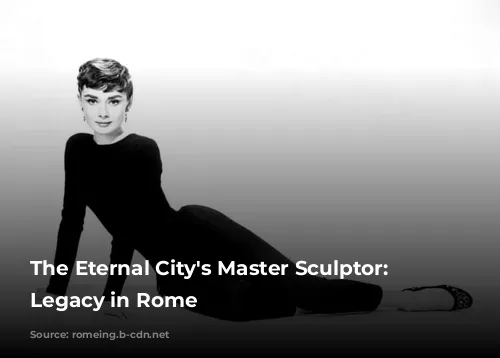
Bernini’s Legacy: A Lasting Impression on Rome
Gian Lorenzo Bernini’s legacy is a testament to his artistry and influence. His work transformed Rome, adding a touch of drama, emotion, and spiritual depth to the city’s already rich tapestry. From the whimsical fountains to the grand sculptures, from the architectural masterpieces to the emotional depictions of spiritual experiences, Bernini’s work continues to captivate and inspire visitors to Rome.
